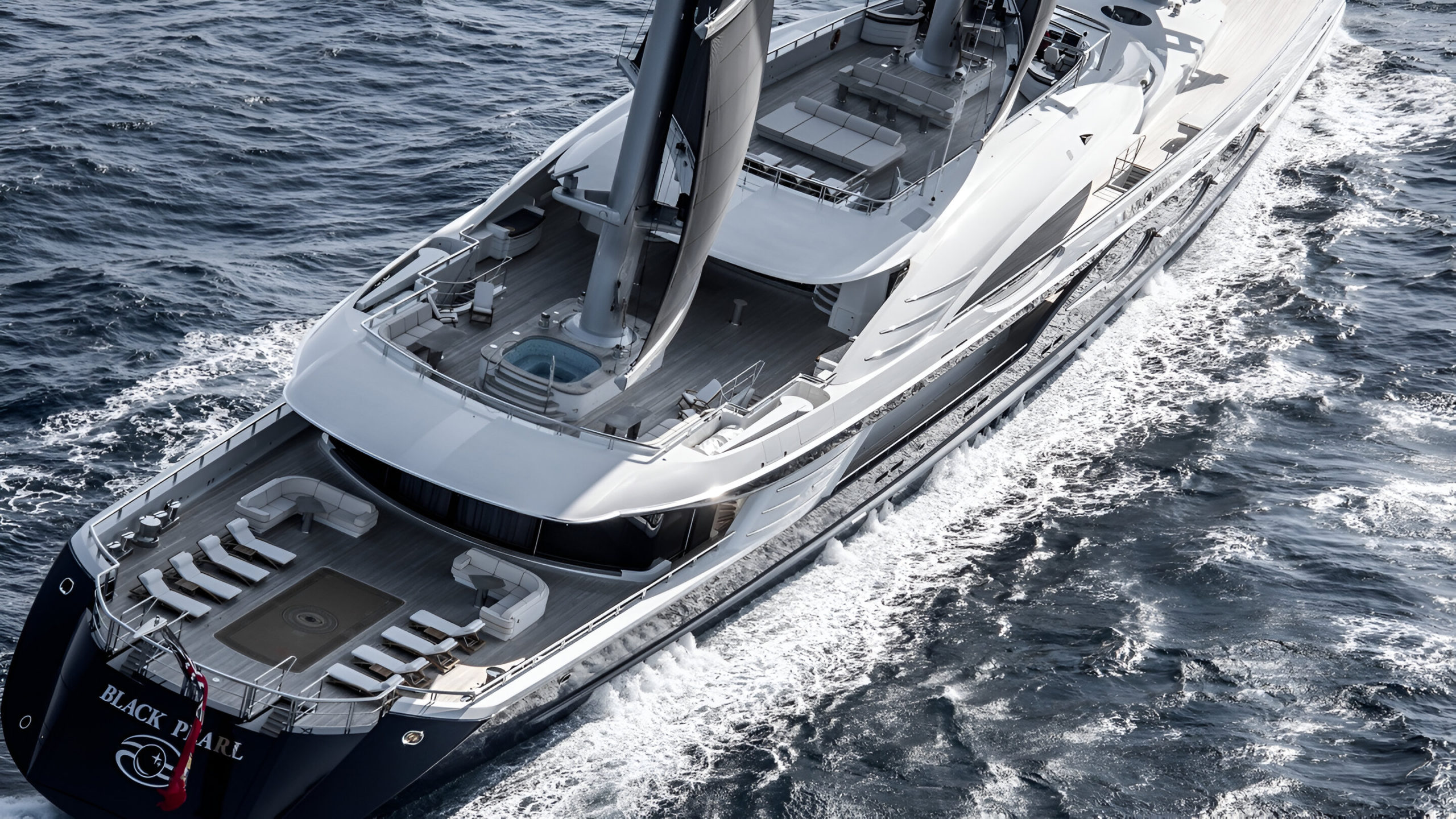Your shiny new washing machine contains exactly the same motor as the budget model costing half the price. Surprised? You should be. Major manufacturers cleverly operate multiple brands at different price points and use identical core components throughout their entire product range. To keep you paying more, they simply assign different part numbers and branding despite the mechanical similarities underneath. When you buy high-end models, you’re often paying substantial premiums for fancy external design and minor features, not better internal quality or reliability.
Understanding this industry secret and a few more other facts that we’ve covered here can save you thousands on your next purchase.
7. Why Many Modern Appliances Fail After Just 5 Years
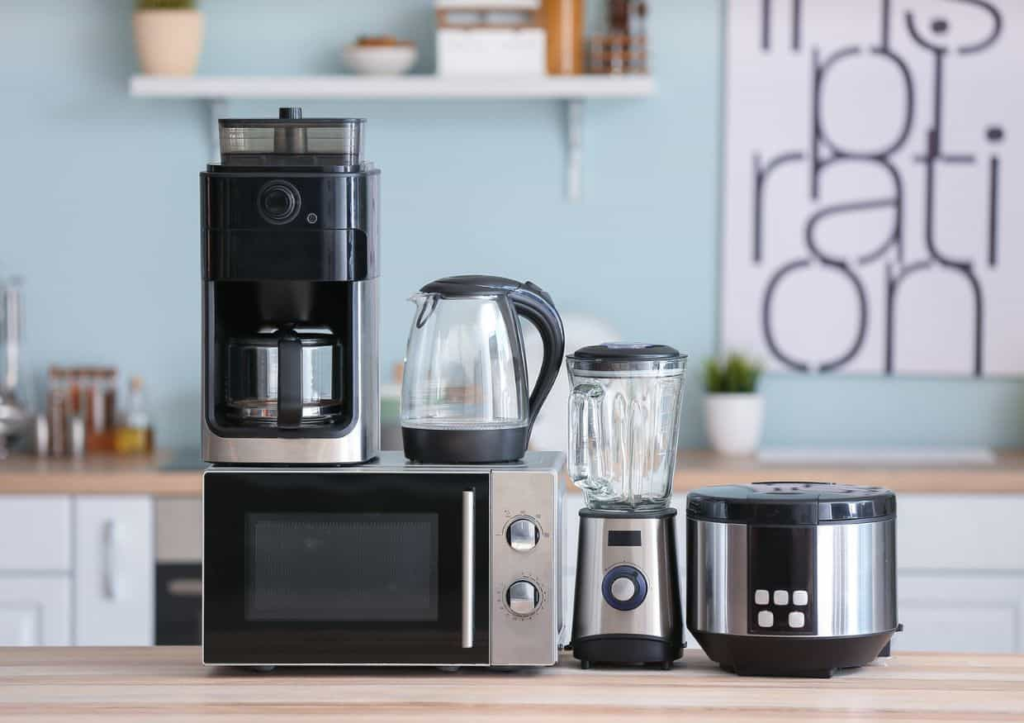
Planned obsolescence has become a troubling reality in today’s appliance market. Unlike their predecessors from decades ago, modern appliances frequently stop working after just five years of use. Energy efficiency claims from manufacturers sound impressive on paper, but these environmental benefits quickly vanish when considering the resources required to manufacture replacement units so frequently.
Consumers now face a costly cycle of replacements that previous generations never experienced. Older appliances, known for robust construction and minimal maintenance needs, often remained functional for decades. This shift toward disposable design prioritizes corporate profits over both environmental sustainability and consumer finances, creating an unsustainable consumption pattern that affects both wallets and landfills.
6. How Retailers Use “Exclusive” Models to Block Price Matching
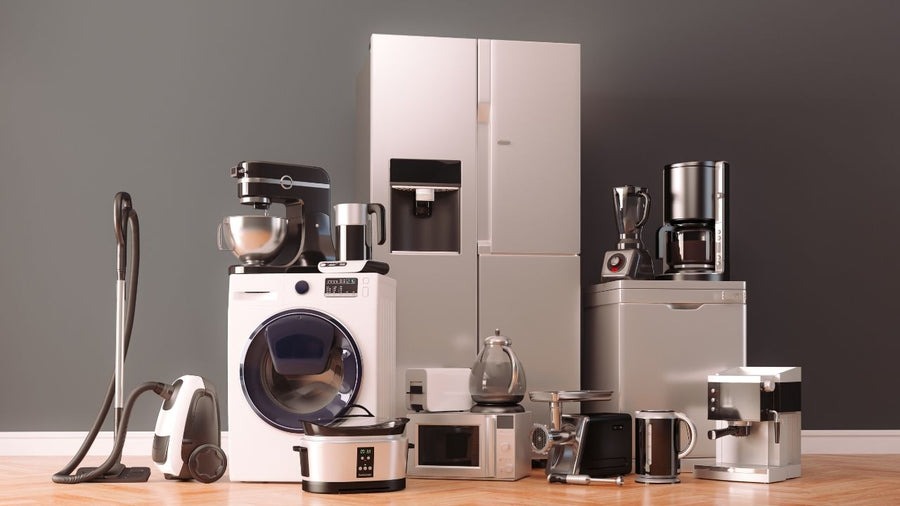
Savvy retailers have developed a clever strategy to maintain pricing control through exclusive model designations. Large superstores leverage their buying power to convince manufacturers to create cosmetically altered versions of standard appliances with unique model numbers assigned exclusively to their stores. Despite different appearances on the showroom floor, these products contain identical internal components to models sold by competitors.
The true purpose behind this practice? Circumventing price match guarantees that would otherwise benefit consumers. With unique model numbers tied to specific retailers, direct price comparisons become impossible, effectively neutralizing price-matching policies that would create market pressure to keep costs competitive. When shopping, always ask whether an “exclusive” model has equivalent versions at other retailers.
5. Why Some Brands Are Impossible to Repair

The ease of repairing broken appliances varies dramatically depending on which brand you purchase. Quality-focused manufacturers with established histories typically provide comprehensive resources for repairs, including detailed workshop manuals, wiring diagrams, and accessible parts information. These resources empower both professional repair shops and technically-minded consumers to fix problems and extend appliance lifespans.
At the opposite end of the spectrum, numerous manufacturers—particularly some producing smaller kitchen appliances—offer virtually no support for repairs. Without access to parts catalogs, technical documentation, or even basic troubleshooting information, products from these companies become essentially disposable after the first malfunction. This approach actively undermines sustainability efforts while contributing to our throwaway culture. Before purchasing, always verify what repair support will be available years down the road. In case you’re interested, here are a couple of strong brands to consider when purchasing your next home appliance.
4. Same Parts, Different Prices: The Truth About Brand Tiers

Brand differentiation in the appliance industry often masks a surprising internal similarity. Many manufacturers operate multiple brands at varying price points while using identical core components across their entire product range. The motor powering an expensive washing machine often matches exactly what you’ll find in the budget model from the same parent company.
To maintain price separation between product lines, these identical parts receive different part numbers and branding despite having the same mechanical properties. High-end purchasers frequently pay substantial premiums not for better internal quality but for external design elements, brand perception, or minor feature enhancements that disguise the underlying mechanical similarities to lower-priced alternatives. When comparing options, ask specifically about the origin and specifications of critical internal components rather than focusing on brand prestige.
3. How to Choose Appliances That Last

Navigating today’s appliance market requires focusing on substance over style. The most reliable options typically perform core functions exceptionally well without unnecessary complications or features. Skip the fancy bells and whistles like Wi-Fi connectivity or automatic dosing systems that add complexity without meaningful benefits. Smart shoppers ask targeted questions before purchase about repair documentation access, spare parts availability, and whether critical components are designed for repair, such as washing machine drums that can be split for bearing replacement.
Appliances with fewer electronic components generally offer better longevity and simpler, more affordable repair paths compared to their feature-laden counterparts. Always inquire if the model uses simple, proven controls instead of complex circuit boards, as electronic systems represent common failure points in modern appliances. Models with conventional mechanical controls may lack the latest features but typically provide significantly longer service lives and easier troubleshooting when problems arise. This practical approach helps ensure both long-term value and reduced environmental impact while avoiding the premature replacement cycle that plagues many households.
2. The Energy Efficiency Trap: Heat Pump Dryers
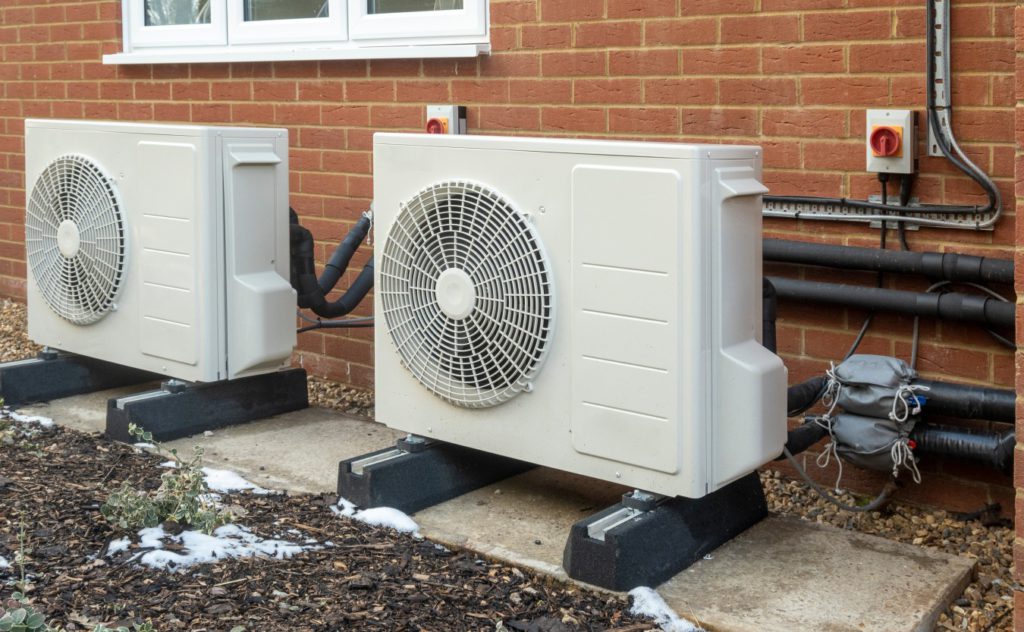
Energy regulations have pushed heat pump dryers into mainstream popularity despite significant repairability concerns. These units consume far less electricity than conventional dryers, but their complex design creates numerous maintenance challenges. Problems frequently develop in their intricate filtration systems, condensers, and evaporators, which easily become clogged with lint and debris during normal operation.
When issues arise, repairs often require specialized technicians with refrigeration system expertise. The costs can approach replacement value, making repairs economically impractical for many owners. The refrigeration system components—particularly the compressor—represent major failure points that frequently render the entire appliance unusable. When critical components fail, most units end up discarded despite their energy-saving design, undermining the environmental benefits they originally promised.
1. What Needs to Change in the Appliance Industry
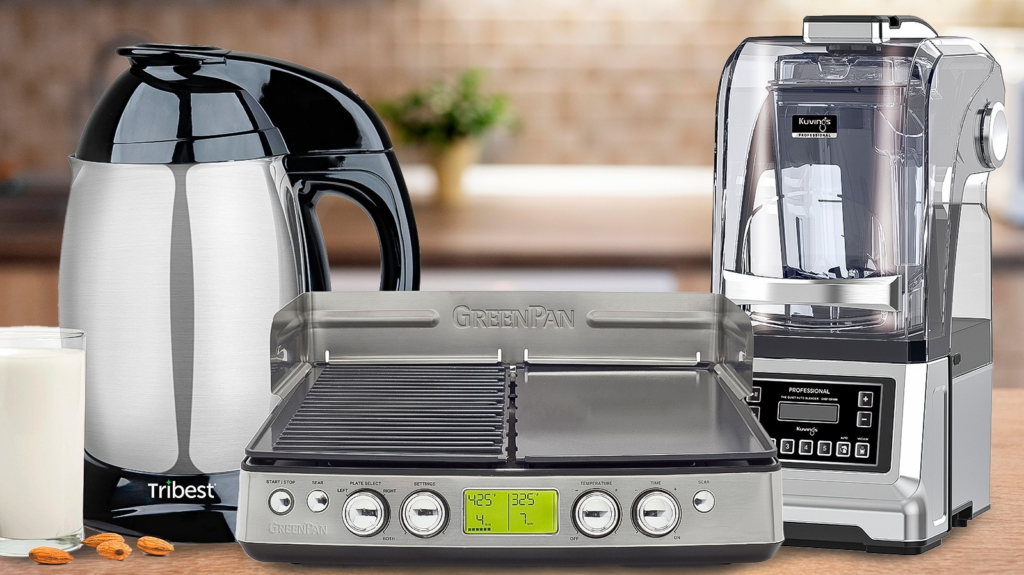
A fundamental shift in industry priorities must occur to create truly sustainable appliances. Rather than minor energy efficiency improvements and technology gimmicks, manufacturers should focus on core principles of durability and repairability. Regulatory agencies need to strengthen right-to-repair requirements while acknowledging how planned obsolescence undermines environmental goals.
Building appliances designed to last decades with readily available parts creates vastly greater environmental benefits than marginal improvements in operational efficiency. True sustainability in the appliance industry requires products engineered for longevity, which would simultaneously reduce electronic waste, support repair culture, and promote responsible consumption patterns. Support companies committed to these values when making your next purchase decision.







